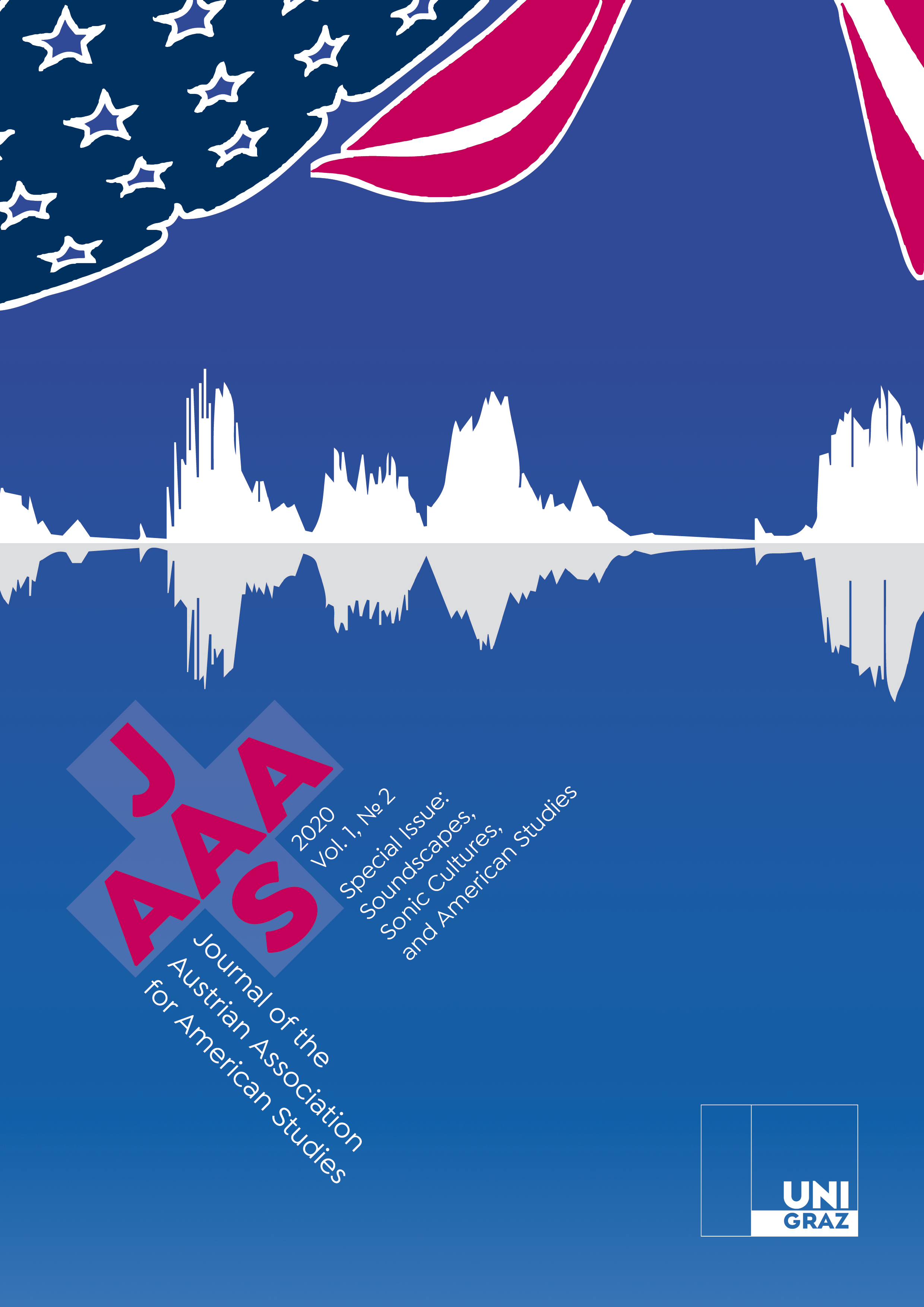Soundscapes, Sonic Cultures, and American Studies: Introduction to the Special Issue
What happens when we imagine the sonic worlds of literary texts, when we focus on voice in film, or when we study the sound of social protest? How can we integrate sound studies into our academic practices? How does sound relate to space and place? How can American studies scholars understand the link between sonic and social relations? Music, voices, noise, and silence are constitutive elements of phenomena that we as American studies scholars regularly investigate. However, in contrast to the well-established prominence of visual culture studies, sound features less prominently in our field's research—an oversight (pardon the pun!) this issue of JAAAS seeks to remedy.

